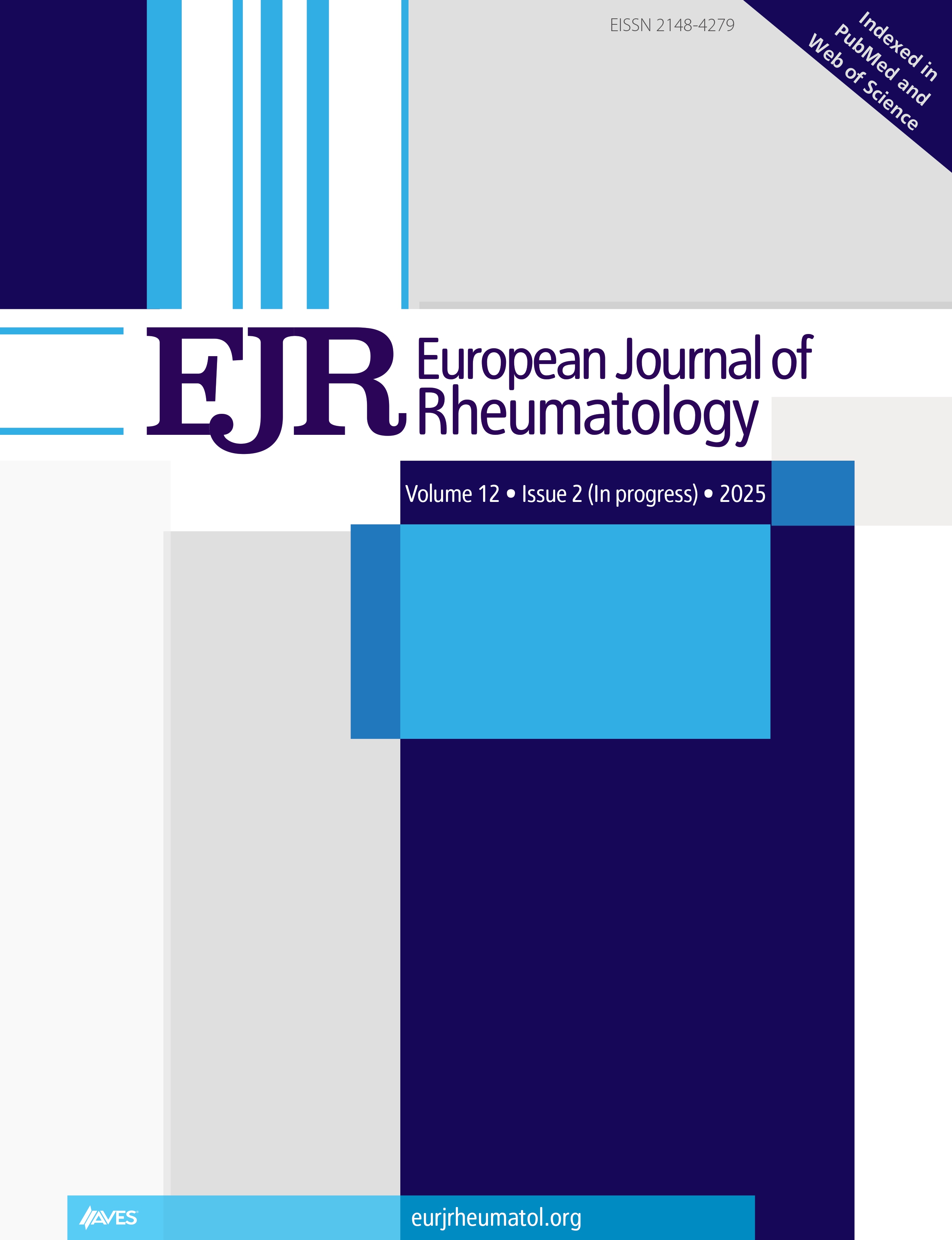Background: Behçet’s disease (BD) exhibits significant phenotypic diversity. The genetic basis of phenotypic variations in BD has not yet been elucidated. Based on the high frequency of familial BD, we aimed to analyze the familial aggregation of various manifestations of BD in this study.
Methods: Patients with BD from 3 Turkish tertiary rheumatology outpatient clinics were evaluated. Demographic and clinical characteristics of the familial group with either a first- or second-degree relative with BD and the non-familial group were compared. Afterward, patients in the familial disease group for 5 years or longer were divided into 2: an “index patient” and a “first-degree relative patient” and the presence of BD manifestations were compared between these 2 groups.
Results: We identified 864 BD patients (mean age (SD): 47.9 (12) years, disease duration (SD): 83.7 (65.3) months) with 251 (29.1%) having a BD family history. Genital ulcers (P =.002) and papulopustular lesions (P < .001) were detected more frequently in the familial group. Also in the familial group, statistically significant correlations were detected between the index patient and the first-degree relativepatient in terms of erythema nodosum-like lesions (r: 0.398, P: .016), pathergy test positivity (r: 0.561, P: .002), peripheral joint involvement (r: 0.563, P < .001) and vascular involvement (r: 0.408, P: .014).
Conclusion: Familial BD may differ from sporadic BD. Additionally, erythema nodosum-like lesions, pathergy test positivity, and vascular and joint involvement may tend to show familial aggregation.
Cite this article as: Abacar K, Elif Boncukcuoğlu A, Deniz R, et al. Clinical features and phenotypic similarities of patients with familial Behçet’s disease. Eur J Rheumatol. 2025, 12(2), 0116, doi: 10.5152/eurjrheum.2025.24116.



.png)